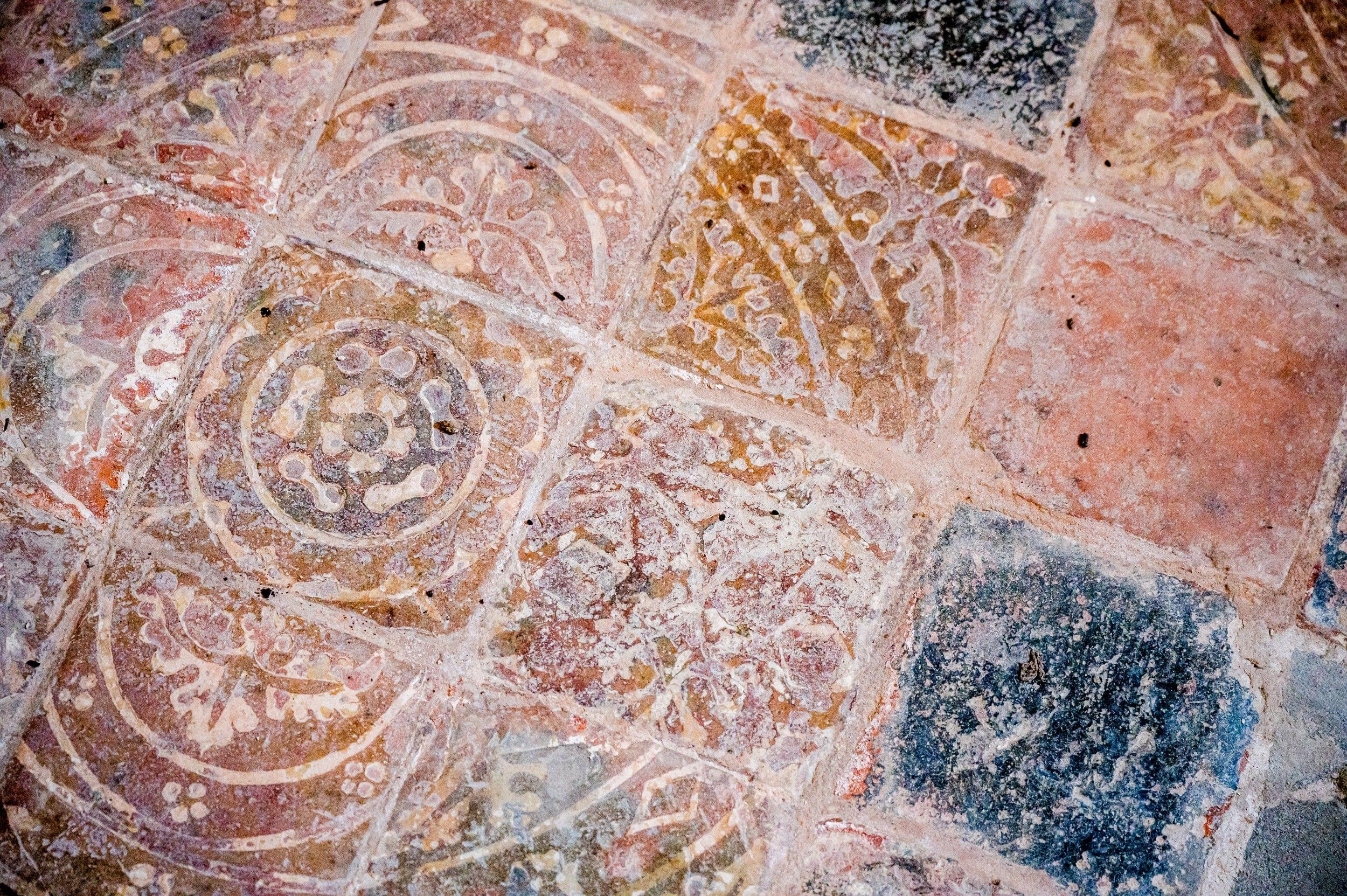St George
Bloomsbury, Greater London
St George's Bloomsbury, the work of Nicholas Hawksmoor, is one of the finest Baroque churches in London and indeed has been described as ‘one of the capital’s most wonderful buildings’.

The building history is complex; built as a plain chapel of ease to St Andrew Holborn at the beginning of the 18th century.
Holborn, Greater London
The building was later repaired and beautified under the direction of Nicholas Hawksmoor. At that time the magnificent baroque ceiling was introduced, along with the columns and entablature. Other fittings from this ‘reordering’ which remain are the font and reredos.
The ceiling in this simple church is a magnificent example of the English Baroque and with the classical entablature, the predominant architectural features of the space.

Bloomsbury, Greater London
St George's Bloomsbury, the work of Nicholas Hawksmoor, is one of the finest Baroque churches in London and indeed has been described as ‘one of the capital’s most wonderful buildings’.
Holborn, Greater London
The present building was consecrated in 1623 having been built to the designs of Inigo Jones.
Holborn, Greater London
This is the chapel of one of the four Inns of Court. It is on the site of the chapel built in 1315, and rebuilt in the 1960s following destruction in the Second World War.